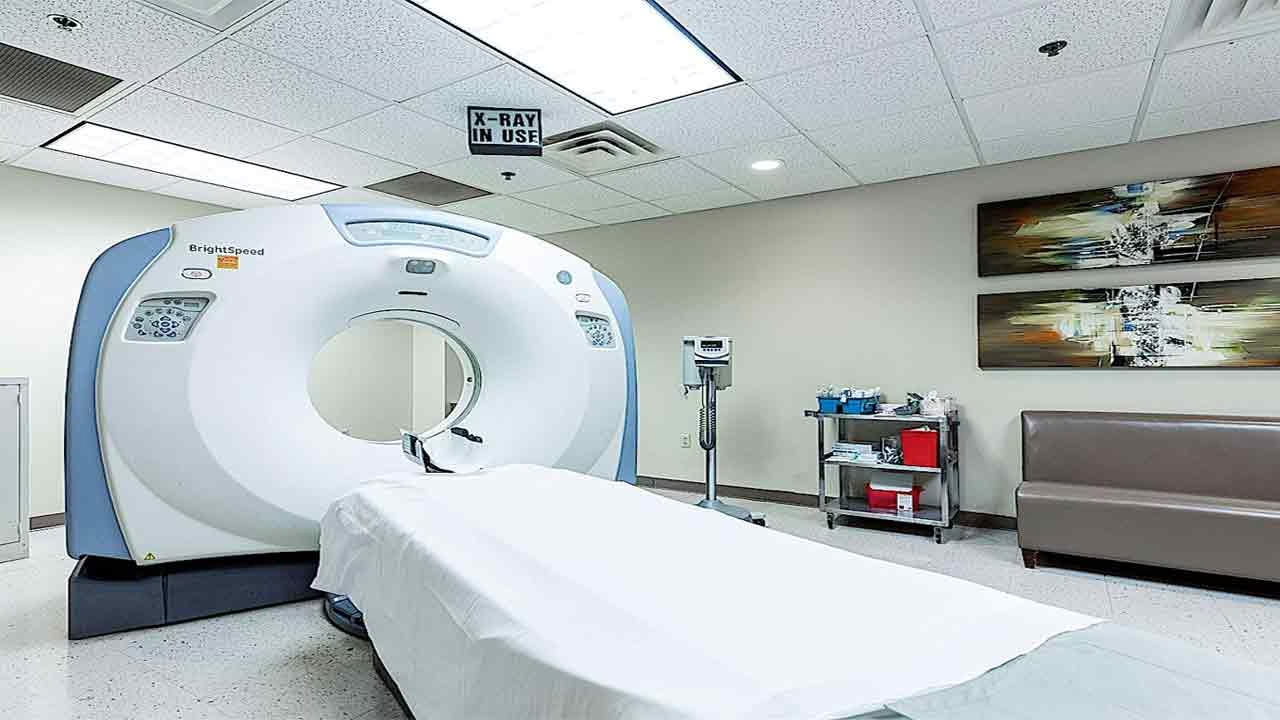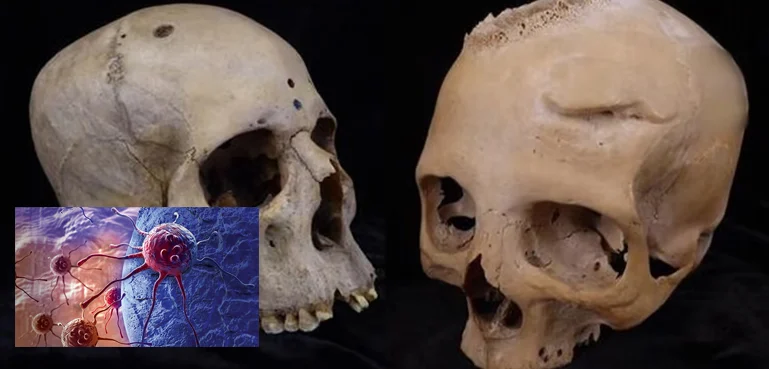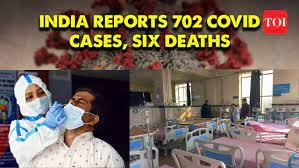The relationship between medical imaging and health safety has been widely discussed, particularly when it comes to CT scan cancer risk. Experts agree that while CT scans expose patients to more radiation compared to standard X-rays, the overall risk of developing cancer from a single scan is very small. In most cases, the benefits of accurate diagnosis and potentially life-saving insights outweigh the minimal risks involved.
What is CT Scan Cancer Risk?
CT scan cancer risk refers to the potential increase in cancer likelihood due to radiation exposure during a computed tomography (CT) scan. Unlike a typical X-ray, which uses a small amount of radiation to capture a single image, a CT scan uses multiple X-rays taken from different angles to produce a detailed 3D image of the body. This requires a higher dose of radiation.
However, according to medical research, a single CT scan only slightly increases cancer risk, and this risk is especially negligible if scans are not frequently repeated over a person’s lifetime.
Comparing Radiation Levels: CT Scans vs. X-Rays
A useful way to understand CT scan cancer risk is to compare it with X-rays:
- Typical chest X-ray: ~0.1 millisieverts (mSv) of radiation.
- Typical CT scan of the chest: ~7 mSv of radiation.
This means that a CT scan delivers about 70 times more radiation than a chest X-ray. While that number may sound high, in context, it is still relatively small when compared to natural background radiation humans are exposed to annually (~3 mSv per year on average).
Who is More Sensitive to CT Scan Cancer Risk?
Radiation exposure does not affect everyone equally. Certain groups are more sensitive to the potential risks:
- Children and Young Adults: Their rapidly dividing cells make them more vulnerable to radiation-induced changes.
- Patients Requiring Repeated Scans: Individuals with chronic health conditions who undergo multiple CT scans over their lifetime may face a slightly higher cumulative risk.
- Pregnant Women: Extra caution is required due to possible effects on the developing fetus.
For these groups, doctors carefully weigh the benefits against the risks before recommending CT scans.
The Benefits Outweigh the Risks
Despite concerns, the benefits of CT scans far outweigh the small risk of cancer. CT imaging plays a critical role in diagnosing conditions such as:
- Internal injuries after accidents.
- Brain and spinal cord disorders.
- Heart and blood vessel problems.
- Detection of tumors and cancers at early stages.
For many patients, a timely CT scan can mean the difference between life and death, making the minimal CT scan cancer risk an acceptable trade-off.
Statistics on CT Scan Cancer Risk
According to estimates from the U.S. National Cancer Institute, the risk of developing cancer from a single CT scan is roughly 1 in 2,000 for adults. While this number may seem concerning at first glance, it is very small compared to the diagnostic and life-saving value CT scans provide.
For children, the risk is slightly higher due to their sensitivity, but modern medical practices are increasingly adopting low-dose CT protocols to minimize unnecessary radiation exposure.
Reducing CT Scan Cancer Risk
Medical professionals take several steps to minimize CT scan cancer risk while ensuring patients receive accurate diagnoses:
- Justification of Scans: Doctors only recommend CT scans when the benefits clearly outweigh the risks.
- Use of Alternatives: In some cases, MRI or ultrasound—both radiation-free imaging options—are considered.
- Low-Dose Techniques: Modern CT machines often use reduced radiation doses without compromising image quality.
- Avoiding Repetition: Healthcare providers avoid repeating scans unnecessarily and ensure that past records are reviewed.
These practices significantly reduce the already small risks associated with CT scans.
Should You Worry About CT Scan Cancer Risk?
For most patients, there is little reason to be overly concerned about CT scan cancer risk. The probability of developing cancer from a single scan is extremely small, while the benefits are immediate and often life-saving. The key is moderation—avoiding unnecessary scans while trusting medical professionals to recommend them when truly needed.
If you are ever unsure, you can discuss with your doctor whether the scan is essential, whether lower-dose options are available, or whether alternative imaging methods might suffice.
The discussion around CT scan cancer risk highlights an important balance between risk and benefit. While CT scans expose patients to more radiation than X-rays, the actual increase in cancer risk is very small. In most cases, the benefits of early diagnosis, effective treatment planning, and life-saving interventions far outweigh the risks.
By understanding the science behind radiation exposure and relying on medical professionals to guide decision-making, patients can confidently approach CT scans as valuable diagnostic tools. The key is to ensure that each scan is medically justified, especially for children and those requiring repeated imaging.
Ultimately, while CT scan cancer risk exists, it is minimal compared to the immense health benefits CT imaging provides.



